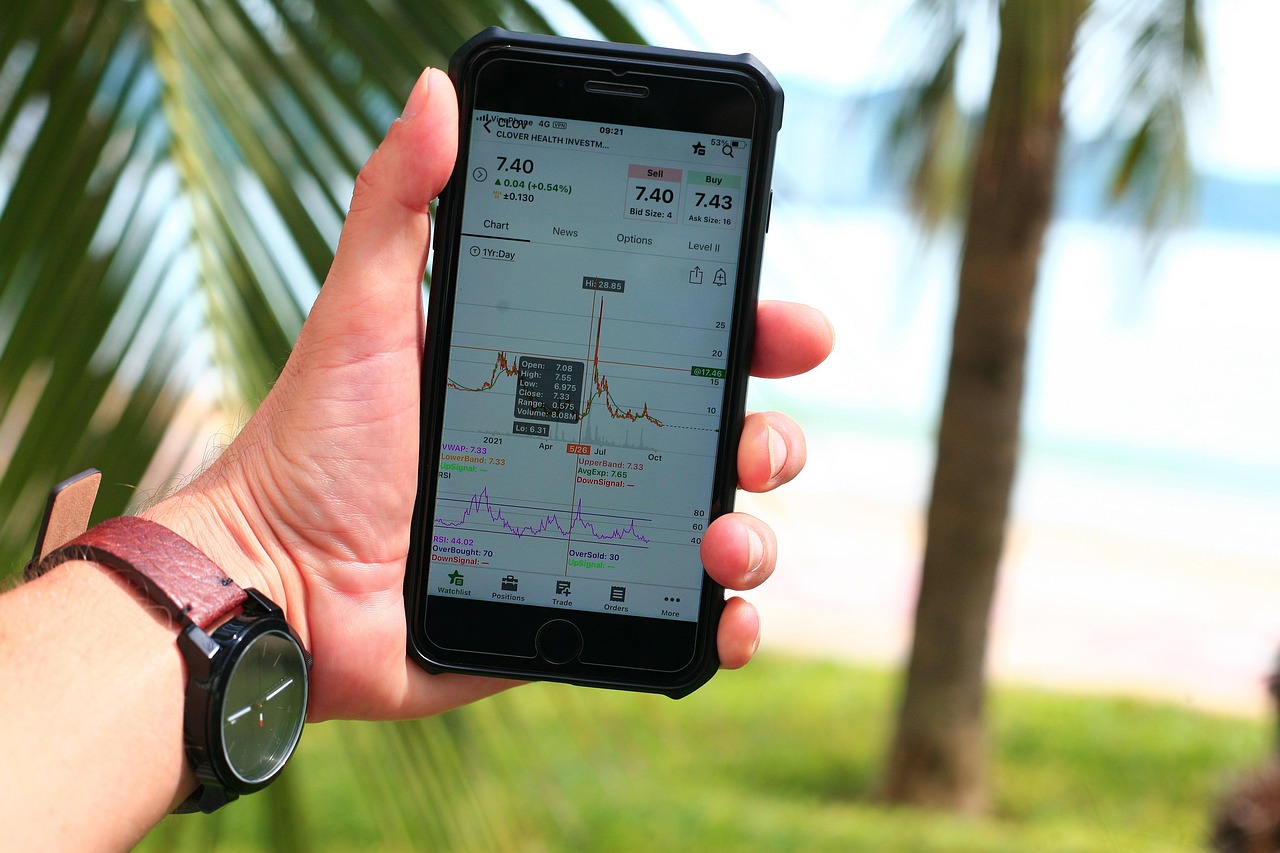Harnessing Technology: How Apps Help Save Money by Curbing Impulse Purchases

In an era where digital technology intersects seamlessly with daily life, personal finance management has been revolutionized by mobile applications designed to curb impulse spending. With global consumerism at an all-time high, these apps serve as a digital counterbalance, empowering users to make informed financial decisions by consciously choosing to save rather than spend frivolously.
Impulse purchases often occur through unplanned decisions to buy products or services, driven by emotions and without consideration of the consequences. According to a survey conducted by Slickdeals in 2022, the average American spends approximately $182.98 per month on impulse buys, amounting to a staggering $2,195 annually. This behavior not only impacts individual savings but also contributes to broader economic trends, such as consumer debt.
Mobile applications have emerged as a practical solution for those seeking to rein in such expenditures. These applications employ a variety of features designed to foster mindful spending habits, thereby enhancing financial stability. Below, we explore the mechanisms by which these apps operate and the benefits they offer to users globally.
Key Features of Impulse Purchase Prevention Apps
Several mobile applications are specifically engineered to help users avoid impulse buying. They employ diverse strategies, such as:
- Budgeting Tools: Applications like Mint and YNAB (You Need a Budget) allow users to set financial goals and track expenditures in real-time. By providing a clear overview of financial commitments, users are less likely to make spontaneous purchases that exceed their budget.
- Spending Alerts: Many apps send notifications when users are approaching or exceeding their predetermined spending limits, serving as a digital nudge to reconsider unnecessary purchases.
- Delayed Gratification Features: Apps like PocketGuard encourage users to delay purchases by implementing a mandatory “cooling off” period. This feature prompts users to reflect on the necessity of a purchase, often resulting in the decision to forego it altogether.
- Goal-Oriented Savings: Applications such as Qapital and Digit enable users to set specific savings goals, automatically diverting funds into savings accounts. This proactive approach to savings can deter impulse purchases by emphasizing long-term financial objectives.
Global Adoption and Impact
The adoption of financial management apps is a global phenomenon, transcending geographical and cultural boundaries. In the United States, the rise of fintech solutions has been meteoric, with over 200 million people using some form of financial app as of 2023. Europe follows closely, with a significant percentage of the population utilizing these tools to gain better control over their finances.
In developing countries, the penetration of mobile devices paired with increasing internet accessibility has opened new avenues for financial literacy and empowerment. Apps designed to prevent impulse purchases not only foster individual savings but also contribute to broader economic resilience by promoting responsible spending habits.
Furthermore, these applications align with global trends towards sustainability and minimalism. By encouraging users to buy only what is essential and meaningful, they contribute to reduced consumer waste and environmental impact, aligning personal finance with global sustainability goals.
Challenges and Considerations
While the benefits of these applications are significant, there are challenges to consider. Data privacy remains a paramount concern, as these apps often require access to sensitive financial information. Ensuring robust data security measures and transparent privacy policies is crucial for user trust and widespread adoption.
Moreover, the effectiveness of these applications largely depends on user engagement and discipline. Without a genuine commitment to change spending habits, the impact of these tools may be limited. Therefore, fostering a culture of financial literacy and responsibility is essential for maximizing the potential of these technologies.
Conclusion
Apps designed to prevent impulse purchases represent a significant advancement in personal finance management. By leveraging technology to promote conscious spending, these tools empower users to prioritize savings and achieve financial goals. As the global economy continues to evolve, the role of these applications in fostering financial resilience and sustainability cannot be overstated. Through continued innovation and responsible use, they hold the promise of transforming consumer habits and contributing to a more financially secure future.













